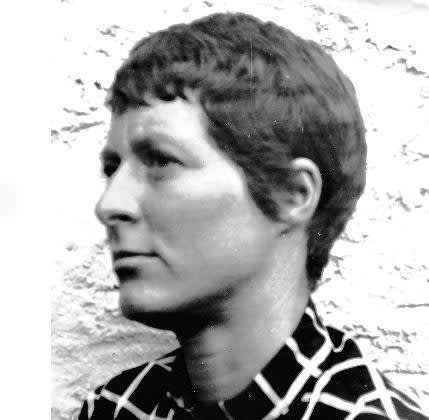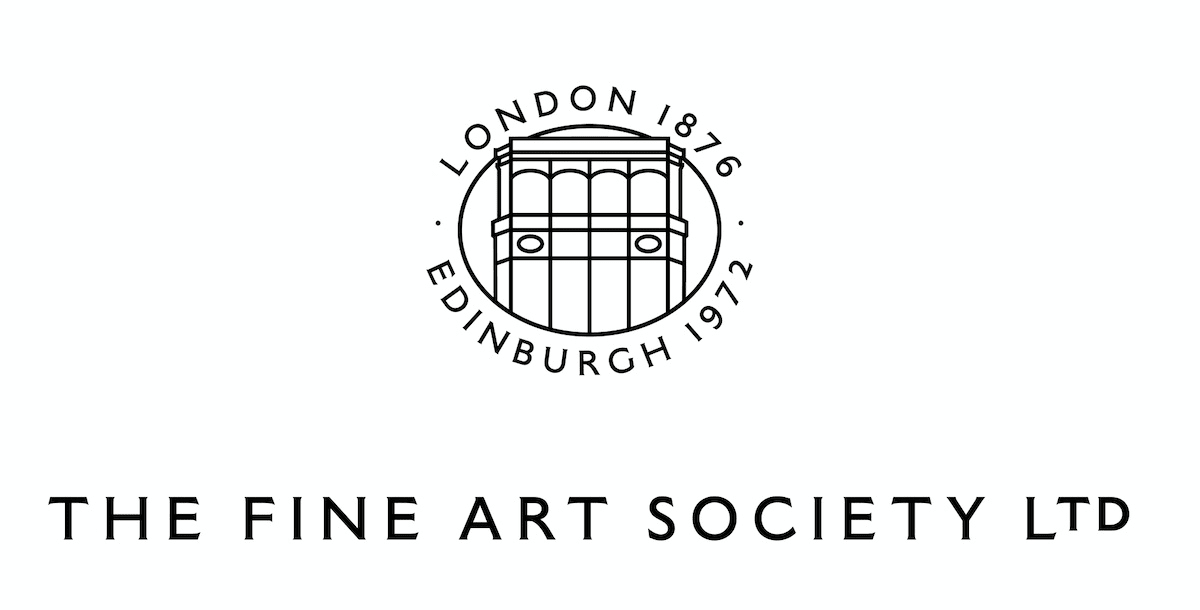ILLUSIONIST
BARBARA BALMER: ARTIST IN FOCUS
-
-

Barbara Balmer had a singular vision. Her pictures have a curious, if not surreal, edge. In her instantly recognisable style, she took the everyday and simplified it into shapes and patterns that she filled with subtle gradations of colour.
Balmer produced work over five decades. She taught and exhibited across Scotland, and many of her paintings feature in public collections, some of her best are in Glasgow Museums. Latterly, she has slipped from public notice, but she never quite achieved the reputation she deserved, even in life. Born in Birmingham, she moved to Scotland by way of a scholarship from Coventry School of Art that took her to Edinburgh College of Art (1949-1953). Her contemporaries are a roll call of familiar names of Scottish art: Elizabeth Blackadder, John Houston and Frances Walker to name a few. Balmer, however, eschewed the expressive brushwork and vibrant palette of the time and developed her own unique visual vocabulary.
-
-

Barbara Balmer RSA RSW, Night
-
-

Barbara Balmer RSA RSW, Celebration for San Agostino (San Gimignano), 1980
-
I am reminded of Saladin’s scimitar scything silk. Landscape and interiors veiled in pink and lilac mist. Skies showering confetti instead of snow. Breezes are zephyrs. Beds invite the rapture of sleep. Intimate portraits beguile, she sorcerer and illusionist, yet the world she makes is real.’
-
-
-
CLICK HERE TO SIGN UP TO RECEIVE THE FINE ART SOCIETY'S JOURNAL








